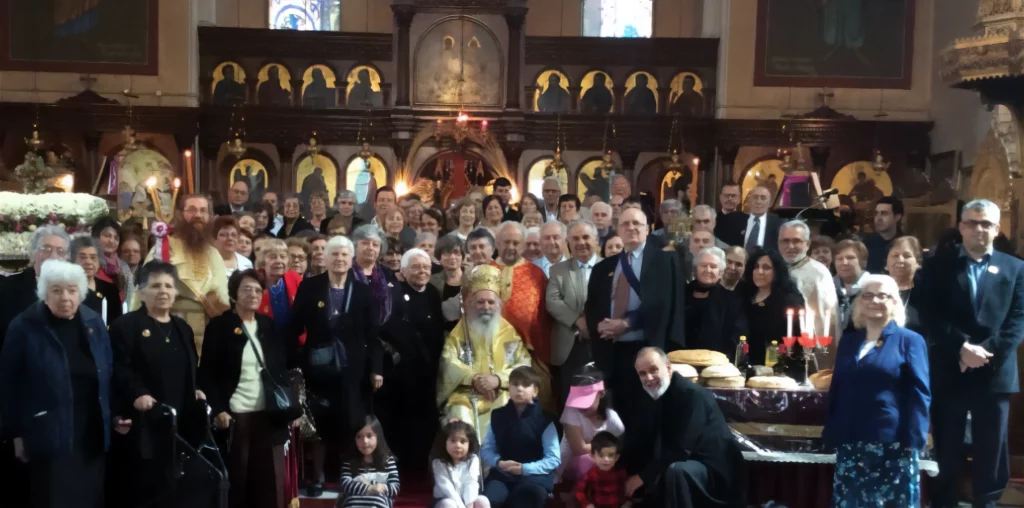About Us
St. John The Theologian is a parish of the Archdiocese of Thyateira and Great Britain under the Ecumenical Patriarchate.
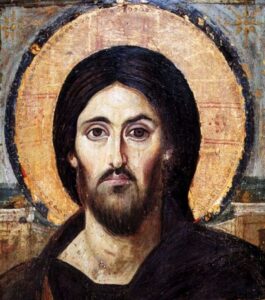
About Orthodoxy
Orthodox Christianity is the life in faith of the Orthodox Church, inseparable from that concrete, historic community and encompassing its entire way of life. The Orthodox Christian faith is that faith ``handed once to the saints`` (Jude 3), passed on in Holy Tradition to the apostles by Jesus Christ, and then handed down from one generation to the next, without addition or subtraction.
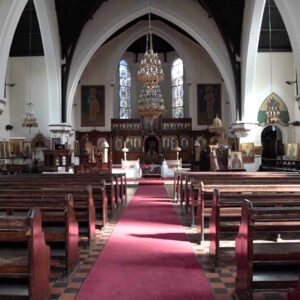
About Our Parish
Our Gothic-style church building was originally designed in 1873 by John Drake of Rochester and constructed from polychrome brick and stone. After being purchased by the local Orthodox community it was named in remembrance of the great apostle, saint John the Theologian. The beginning of our history in Hackney was marked in 1966 on July 16th, when we celebrated our first Divine Liturgy.
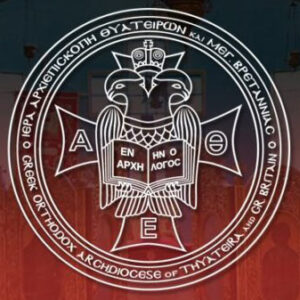
About Our Archdiocese
We are a parish of the Greek Orthodox Archdiocese of Thyateira and Great Britain, a diocese of the Ecumenical Patriarchate. This is the body responsible for the Greek Orthodox Church in Great Britain and is headquartered in London.
About St. John the Theologian
The holy, glorious and all-laudable Apostle and Evangelist John (also John the Theologian or John the Divine) was one of the original twelve Apostles, and wrote the Gospel bearing his name; three canonical letters: I John, II John, and III John; and the Book of Revelation. His primary feast day is celebrated on May 8th, that of the twelve apostles on June 30th, and his repose on September 26th. His symbol is the eagle.
St. John was the son of Salome the myrrh-bearer and Zebedee, a fisherman. His brother was St. James, another apostle.
In his own Gospel account, he refers to himself as “the disciple whom Jesus loved” rather than use his name. He was the youngest of the twelve apostles, and especially close to the Lord. This closeness is often portrayed in icons of the mystical supper, where St. John leans on Jesus.
He was present for the Transfiguration of Christ with Peter and his brother James.
St. John was exiled to the island of Patmos by Emperor Domitian around 90-95 A.D., and it was there that he received and wrote the Book of Revelation.
“Account of the miracle that occurred at his grave: When over 100 years old, St. John took seven disciples outside of Ephesus and had them dig a grave in the shape of a cross. St. John then went into the grave, and the disciples buried him there, alive. Later on, when his grave was opened, St. John’s body was not there. ‘On May 8 of each year, dust rises up from his grave, by which the sick are healed of various diseases.’ “
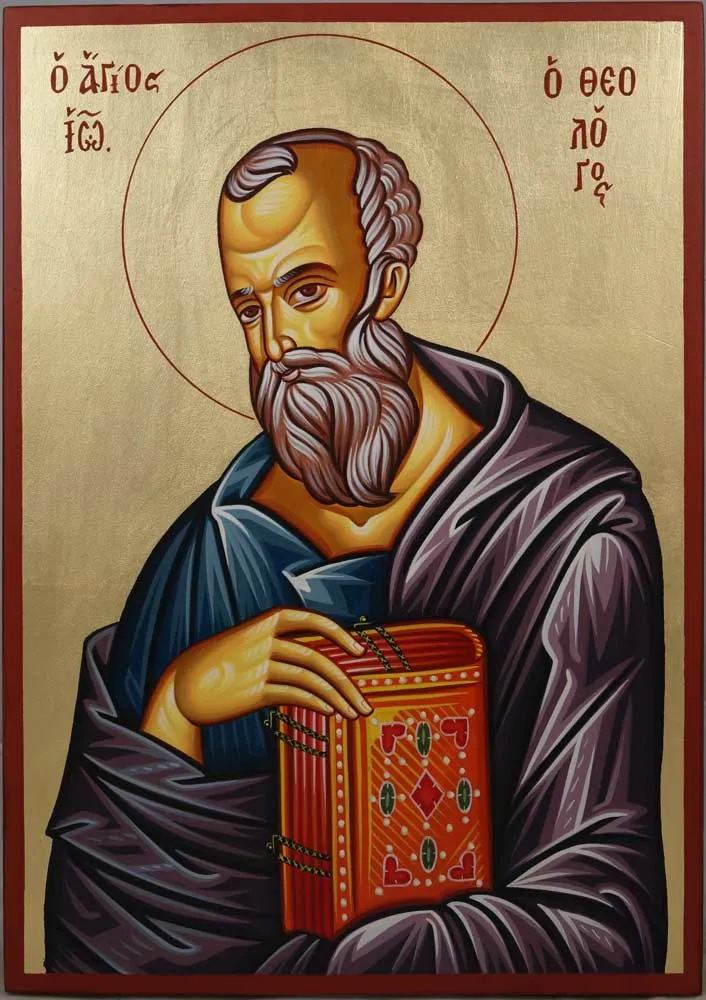
Meet us
Our Comittee
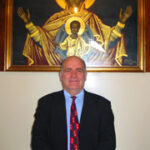
Costas Constandinou President
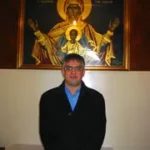
Dr. Stelios Papaioannou Secretary
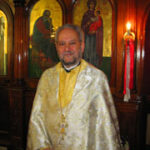
Father Sotiris Charalambous Priest

Michael Michaelides Treasurer
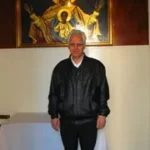
Mr. Nearchos Stephanou Member

Sergios Soteriou Member
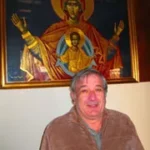
Solomos Solomou Member
Our Congregation
